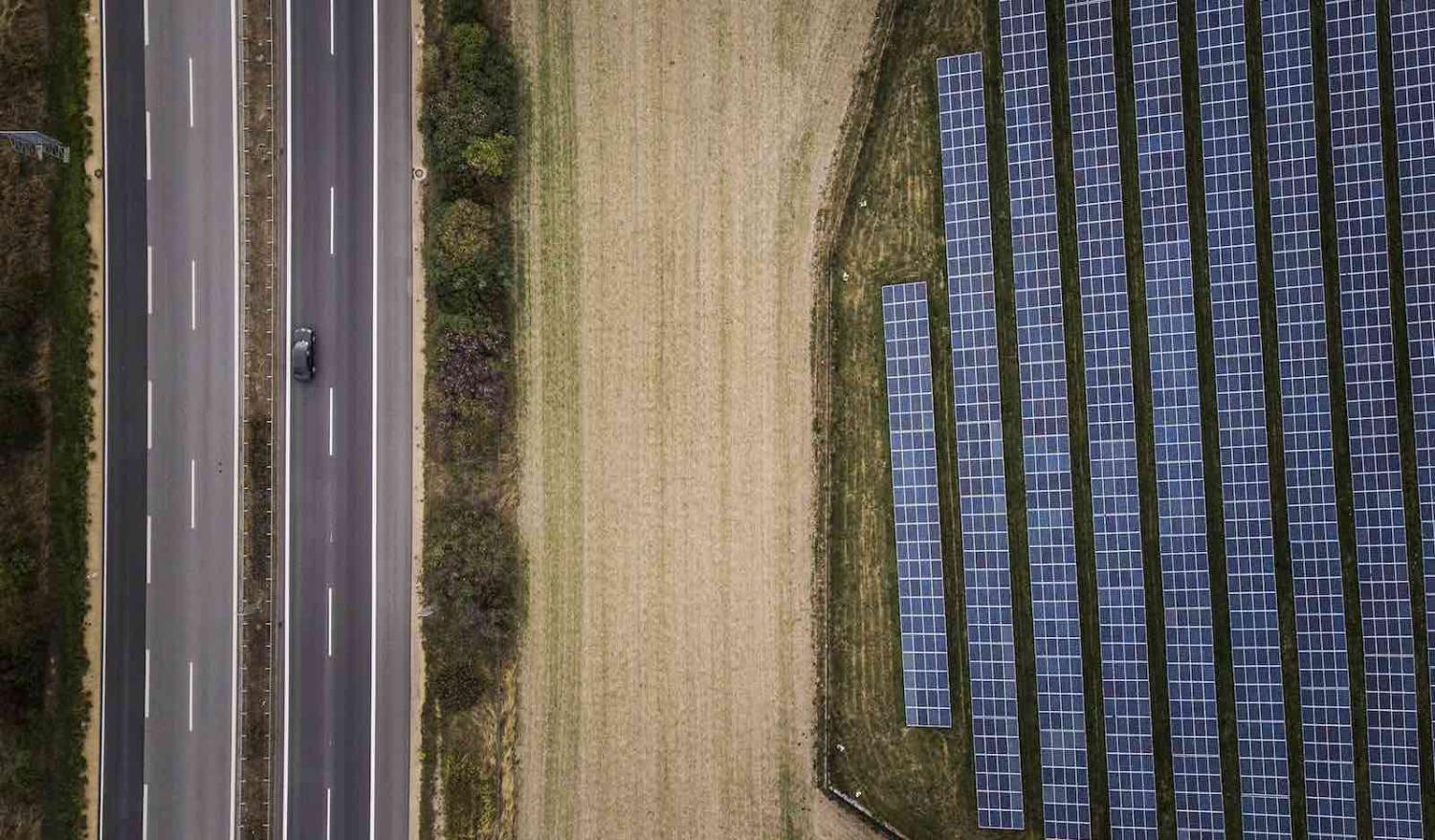A new report co-authored by Lord Nicholas Stern made headlines earlier this month with the projection that efforts to transition to a low carbon economy within the next 15 years could add $26 trillion to the global economy. The report is underpinned by the concept of “green growth”, an approach to sustainable development that seeks to combine environmental protection with investment in renewable energy, new technologies, and smart infrastructure as engines for economic growth.
The idea of green growth has been around since at least 2009 but was formalised in 2012 at the Rio+20 Summit. It was described as “one [of] the important tools in achieving sustainable development” that would also help reduce poverty, protect ecosystems, lead to more jobs, and contribute to greater well-being for people. The World Bank defines green growth as:
growth that is efficient in its use of natural resources, clean in that it minimises pollution and environmental impacts, and resilient in that it accounts for natural hazards and the role of environmental management and natural capital in preventing physical disasters. And this growth needs to be inclusive.
While the term “blue growth” was also used during the Rio+20 Summit, it has only recently been broadly adopted. Blue growth refers to a broad array of conservation concerns and economic interests related to the world’s oceans and the resources contained in them.
This is important, as it recognises the vast array of ecological and commercial interests in the oceans, and the complex governance challenges these inspire.
Blue and green governance
At the heart of these discussions is a concern over how to sustainably manage the planet’s resources in light of global warming, resource depletion, biodiversity loss, and ecosystem collapse. The ideas of blue and green growth emerged out of research into the hidden costs, or externalities, of production. These are the things we can’t see, such as air and water pollution, environmental degradation, and the increasing global emissions of greenhouse gasses that are responsible for global warming.
One way that ecological economists have sought to make visible those costs is through recognition of the services that ecosystems, or nature, provides. This includes the oxygen we breathe, the soil we need to grow our food, and the water we need to maintain all life on the planet.
The idea of attaching monetary value to natural resources is still controversial in many parts of the world.
Attaching an economic cost to natural resources and ecosystems has spurred efforts to understand how they can be governed and managed sustainably.
Governments and businesses around the world have adopted the idea of ecosystem services and sustainability thinking into their practices and policies. Businesses increasingly regard climate mitigation, conservation, and sustainability as potential engines for innovative, economic development and growth. The European Union has devoted considerable resources to implementing a blue growth approach to maritime policy.
Leading these calls has been the Pacific Small Island Developing States (PSIDS), who regard it as an opportunity to understand the true value of nature’s resources. The aim is to ensure that economic development in the region aligns with broader concerns of social justice and equitable access to natural resources. This aspect is key – for growth to be both sustainable and green, advocates argue that social justice must be front and centre.
In particular, the PSIDS have embraced blue growth terminology as profoundly unique to their region, understanding the ocean as fundamental to their cultures, histories, economies, and continued well-being.
Despite this general embrace, however, some scholars have noted that the blue-green language often means different things to different people, suggesting that the values of conservation and economic growth may not always be entirely in harmony.
The problems with monetising nature
Not everyone is comfortable with the way blue-green terminology has evolved. The focus has shifted away from the interdependence of human and non-human nature towards a new economic language, whereby the benefits from nature can be quantified and monetised.
Indeed, there is an inherent tension between ecological protection and capitalist growth. Resolving that tension is not at all straightforward. There are also deeper questions about the relationship of humans to non-human nature – understanding our place within the complex ecological systems of the planet, and the profound impact we are having on them, has important implications for our politics, economics and social relations.
The idea of attaching monetary value to natural resources is still controversial in many parts of the world, and has exposed divisions between how different cultures and people understand this concept.
Time is running out
The report co-authored by Stern has warned in the starkest terms that the window of opportunity for keeping global warming below the 2 degrees Celsius threshold is closing fast. At most the authors of the report estimate the world has 10-15 years to transform the global economy from a fossil fuel dependent one, to one that is low carbon, sustainable, and inclusive.
The imperative of conserving and protecting complex ecological systems, and acting aggressively to mitigate the worst effects of climate change, requires urgent action. Blue and Green growth approaches may, potentially, move us in the right direction.

